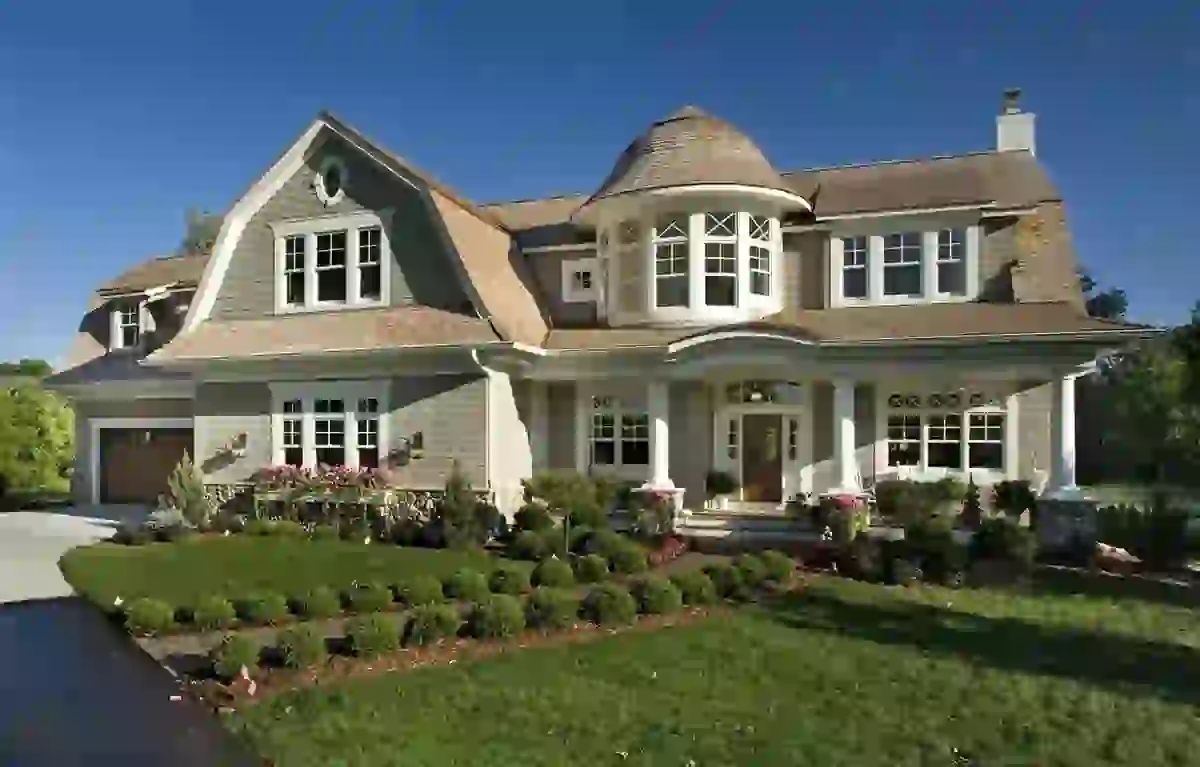Underlayment- The Best Defense
The moisture resistance of the roof structure is significantly affected by what is attached to the roof deck before installing the shingles. When talking about underlayment, several components must be discussed. These components include general roof deck protection, moisture barrier, and starter shingles.
Roof Deck Protection or Basic Underlayment
Basic underlayment is a rolled material that contractors install horizontally beginning at the eaves. As you lay the product, you are overlapping the previous layer by at least two inches for roofs with a 4:12 pitch or steeper. This type of underlayment comes in a variety of types and grades.
Some underlayment types are asphalt-saturated felt and asphalt-saturated felt with fiberglass reinforcement. Each of these types of underlayment comes in two grades, which are #15 paper and #30 paper. #15 paper weighs between 8 and 12.5 pounds per 100 square feet while #30 paper is much thicker and weighs almost twice that amount.
Most professionals will recommend the #30 paper for a variety of reasons. It provides superior protection and will only increase the cost for most houses by less than $250. Rubberized asphalt and modified bitumen underlayment are some of the less common types of underlayment used in extreme conditions (hot or cold climates).
Another type of underlayment is synthetic. Synthetic has become a trend in the roofing industry in the last few years. It costs about two to three times more than any asphalt product available but provides a variety of advantages.
One of these advantages is the superior moisture resistance that continues even as the shingles age. Some synthetic products are also referred to as breathable. This type allows moisture in attics to evaporate out of the home. Moisture leaving the home helps eliminate rot and mold issues.
Synthetic is made from polypropylene or polyethylene. These types of materials are easy to work, cooler, skid-resistant, tear-resistant, and lighter.
Moisture Barrier
The roof deck protection is effective in protecting the vast areas of the roof from water. However, water tends to flow through the valleys where roof sections meet. These meeting areas are prime areas for water to wash underneath shingles.
This issue is the main reason most professionals will recommend the use of a moisture barrier. Most of these barriers will cover each side of the valley for about 12 to 16 inches. If you live in an area of freezing winter weather, many experts will advise for the installation of a moisture barrier at the eaves. This area is the most commonplace for ice dams to form.
Starter Shingles
For an added measure of protection from wind moisture and ice dams, most roofers will recommend a row of starter shingles at the eaves. Sometimes the contractor will use rolled shingle material to cover this area instead of shingles. If you live in a windy area, the contractor will also want to install starter shingles at roof rakes. Roof rakes are the vertical run of your roof, beginning at the eave to the peak.
